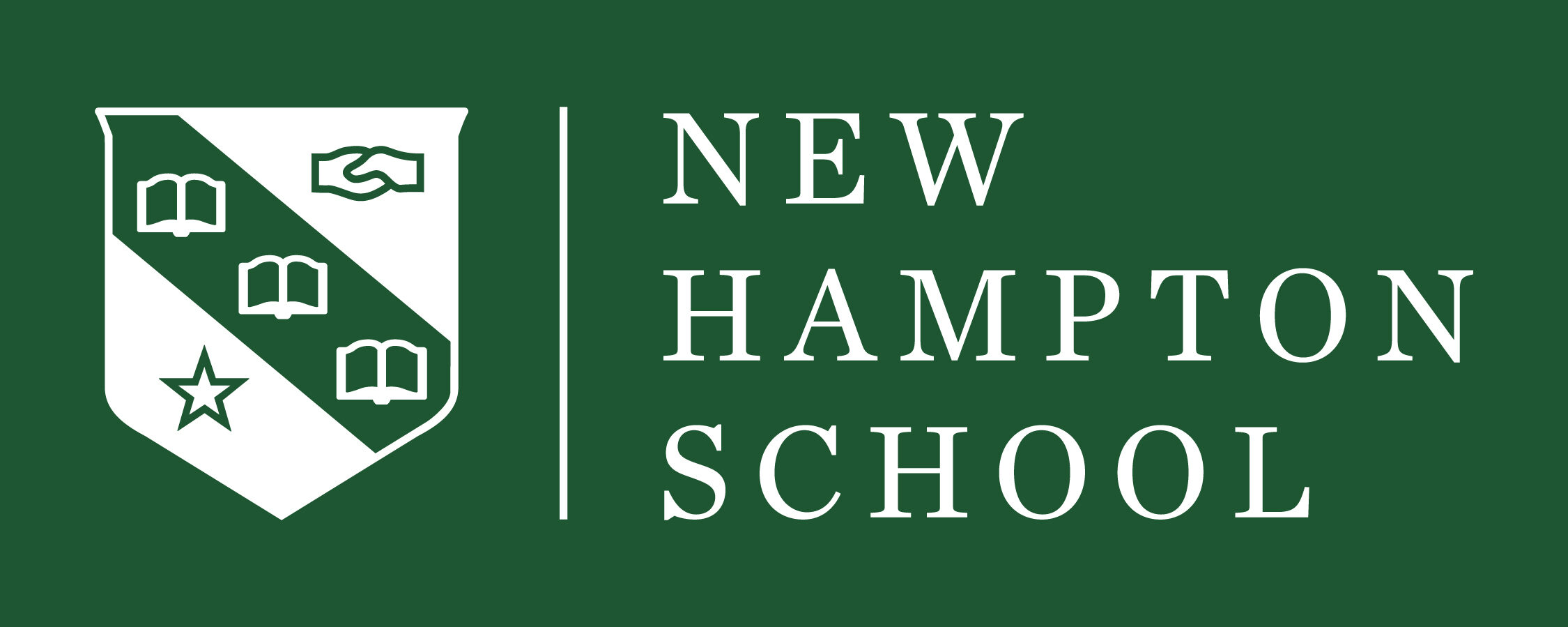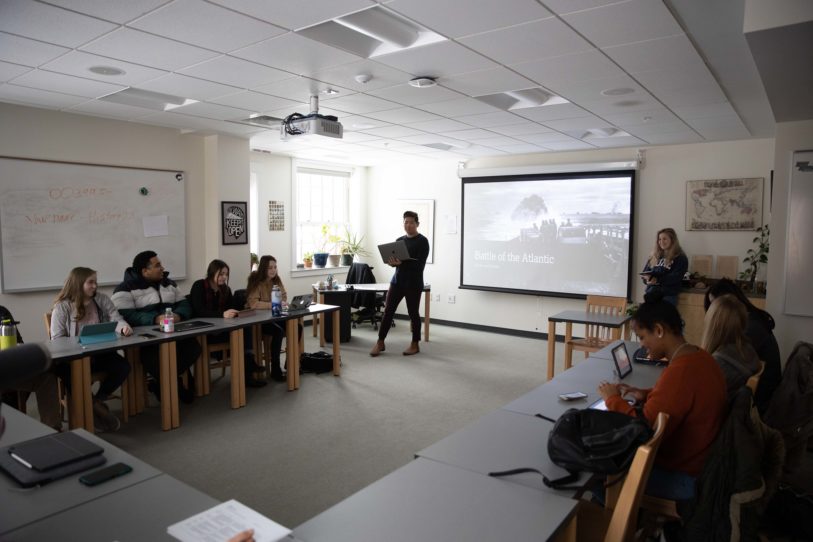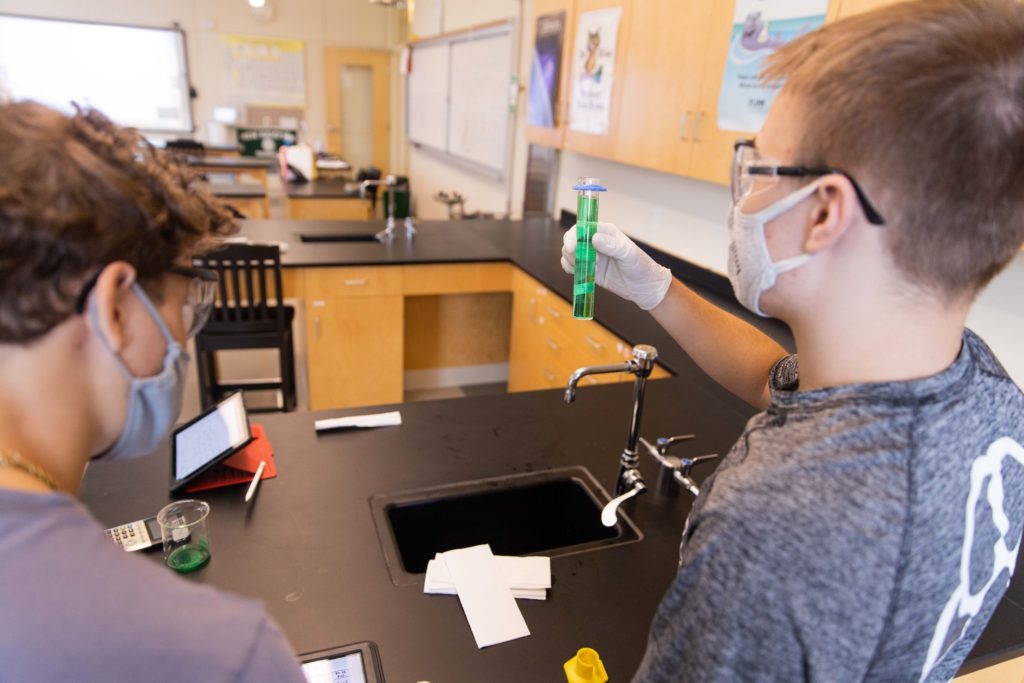The following article “Why the IB Works for the LD Student”, originally appeared in the December 2014 issue of the Insights Newsletter and was written by Will McCulloch, Director of Enrollment Management at New Hampton School, and Allison Matlack, M.A.T., IECA (MA) for the Independent Educational Consultants Association.
Why the IB Works for the LD Student
When New Hampton School hatched plans to adopt the International Baccalaureate (IB), there was concern within the broad community about the future of the Academic Support Program. This signature program—dedicated to guiding students with diagnosed learning differences toward academic independence, college success, and a better understanding of their preferred learning style—did not appear to be the ideal marriage partner with the internationally recognized and rigorous IB curriculum. Now, seven years later, New Hampton has seen its ASP students rise to the challenges of the IB classroom and find success in a curriculum, which, by its very design, supports the specific needs of students matching certain learning profiles.
As schools imagine how to meet the needs of a diverse set of learners—those with the capacity to be successful in college and beyond given their individual abilities, creativity, and passion for learning—IB serves as a connection between disciplines and stresses a holistic approach to education. These pedagogical principles—imbued in the IB Learner Profile—speak to the qualities of an educational experience that recognizes the more interconnected nature of our world and the need for students to be prepared for an increasingly unpredictable future job market. At its core, the IB strives toward strong critical thinking skills, leading to greater mastery of material rather than content-driven teaching. The mantra, supported by the intersection of the IB and ASP at schools like New Hampton, is “skills are durable, content is fleeting.”
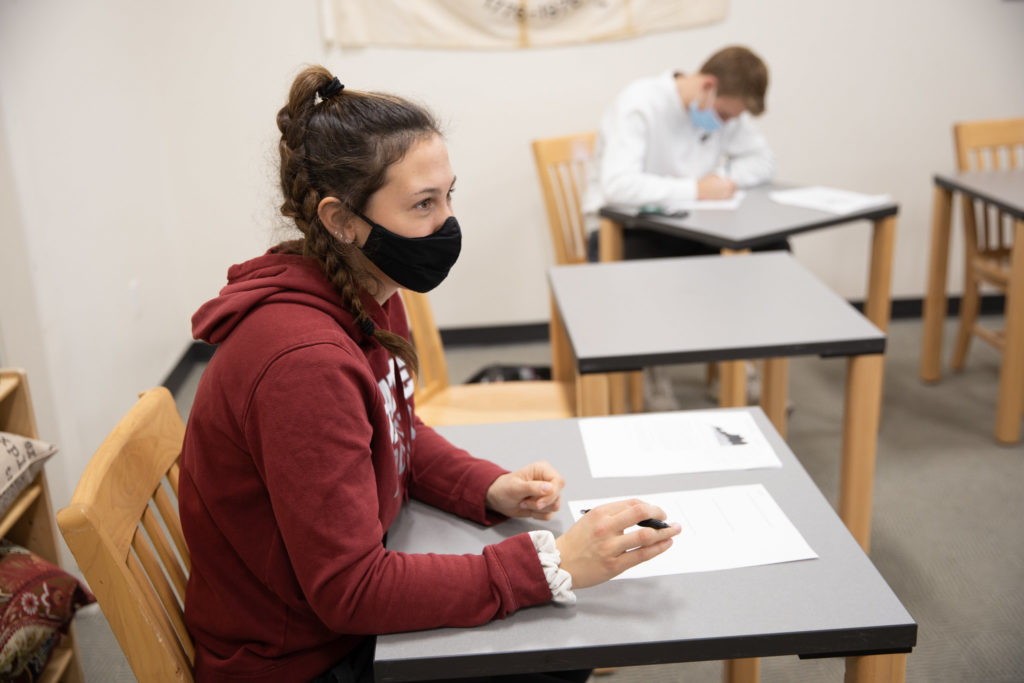
What International Baccalaureate is Not
In order to understand the accessibility of IB classes for those students with learning differences, it is necessary to comprehend what IB is not. Although IB classes remain rigorous in their demands on critical thinking and analytical understanding, they differ in intention and execution from Advanced Placement classes. IB provides more depth while AP classes traditionally focus on more breadth given their focus on a content-heavy exam. This is illustrated in a typical IB History class in which students learn to look through a specific lens to understand a relatively narrowly defined time in history.
As a result, there is less memorization as it relates to dates and terms and more focus on thematic connections between events and time periods. The advantage for those with learning differences is that IB is more accessible for students with weaker working memory skills. This lighter demand for retrieval and rote memorization skills—think about AP multiple choice—allows for students to demonstrate their deeper understanding of overarching themes while making connections with their other classes. The assessments also include an internally evaluated component—the variety of assessments is better suited to students with learning differences.
The Interdisciplinary Approach
The interdisciplinary approach of IB creates learning opportunities that are integrated across subjects so that students see the natural connections within a discipline as well as across the curriculum. New Hampton School’s IB-required Group 4 Project in which students from biology, chemistry, physics, and environmental science classes collaborate to create a lab, each looking at a specific aspect of the problem. Exercises of this. nature challenge learning support students while reinforcing the concepts and ideas surrounding an essential question. The repetition alone allows for deeper learning. This experiment also requires students to determine which materials they will need and what their experimental process will be before beginning their lab work. For students with Executive Dysfunction, the opportunity to practice planning and organizing is particularly helpful and powerfully reinforces those skills. Meanwhile, for kinesthetic learners, it is a meaningful opportunity to learn by doing—another hallmark of the IB.
Assessing Their Strengths
IB can take a student with strong cognitive skills yet slow processing speed—a common profile in learning support program students—and thrust them into a classroom setting in which their verbal acumen, curiosity, and passion for ideas are valued and recognized. These students, who learn best by processing verbally, can share ideas and test them against those held by others. Furthermore, creativity, an increasingly recognized skill for twenty-first-century success, is an integral part of the curriculum. In an IB Biology class, students are asked to draw eukaryotic cells in various artistic styles, such as impressionistic, hard edge, and cubist. Again, this helps the visual learning to deeply process the material in several different ways and to demonstrate in another medium their mastery of the concepts. For the LD student, it is another opportunity to gain confidence with their particular strengths.
Beyond the curriculum, it is the classroom setting and the culture created by the IB-trained teachers at New Hampton that can resonate with learning support program students and their individualized needs. Classes are highly structured, expectations are explicitly stated, rubrics for grading are shared in advance (all available on the school’s web-based learning management system) and include expectations not only for the work but also for effort and attitude. Not encumbered by the uncertainty of what they will be graded on, the structure gives students more freedom to master content.
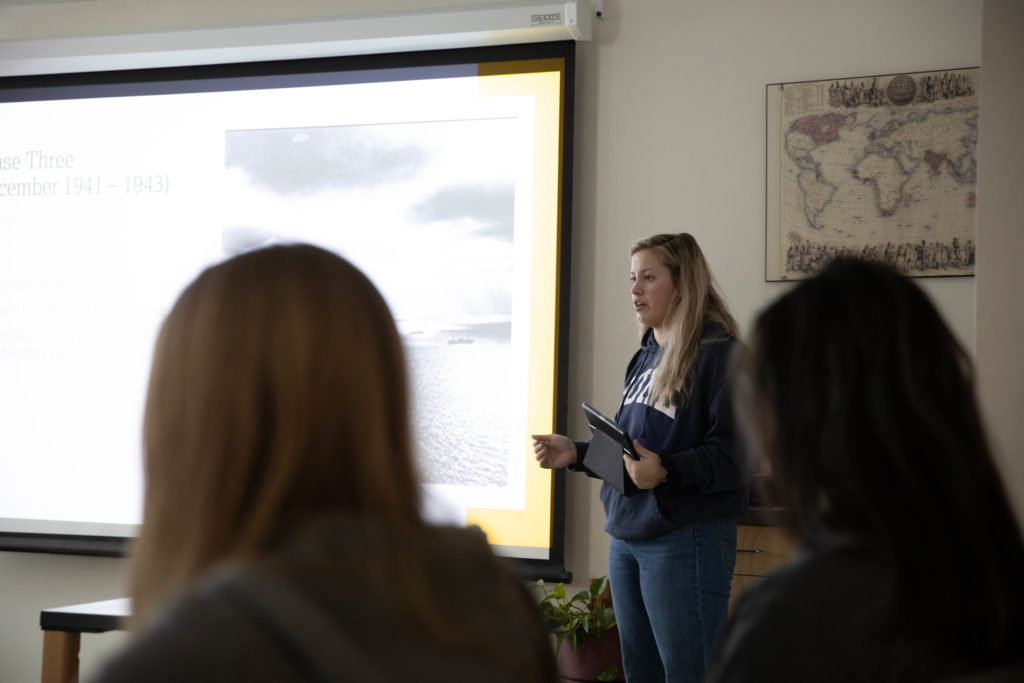
Structure and Expectations
A grading rubric can include perseverance, or how well students have resolved problems and used class time. Rubrics also assess students on their ability to collaborate with their peers. Effort is formally rewarded in this grading system. Students internalize rubrics over time, producing higher quality work, and setting the stage for more success in formal assessments.
Success in the IB is measured by what the student knows and how they are able to apply that understanding rather than what they do not know. Students choose the essay questions they want to answer on an IB exam. For example, a history exam presents 25 possible essay questions, and students can choose three to answer. This gives students the chance to retrieve information in their own way. The written responses offer a better format for LD students to demonstrate knowledge, whereas multiple-choice questions can prove to be tricky in both the way the questions are presented and the way in which students process possible answers.
The final IB assessment is also well-suited to students with specific learning differences. Because students have rehearsed amply before the test, those with test anxiety are reassured because they know exactly what is going to be asked and what is expected of their responses. For students with attention issues, the advantage is that tests last no longer than two hours. Thirty percent of an IB exam score is based on the oral assessment. These assessments are better measured of content mastery for students with strong verbal skills, slow processing skills, dysgraphia, and organizational issues. This attention to oral skills speaks to the way IB assessment connects with skills necessary for future success.
Student-Centered
Though only 20 to 25 percent of graduating seniors at New Hampton are full IB Diploma candidates, more than 80 percent of students take one IB class and the entire student body benefits from the student-centered pedagogy. Students that see a balance of academic support and rigor should not be stifled by the rigid nature of the college prep curriculum that does not recognize their unique strengths. The juxtaposition of learning support programs and the International Baccalaureate serves as a powerful reminder that academic success and the ability to thrive in the classroom is a contributor and in assessments are as much about teaching practice, philosophy, and design as they are about a student’s learning profile.
